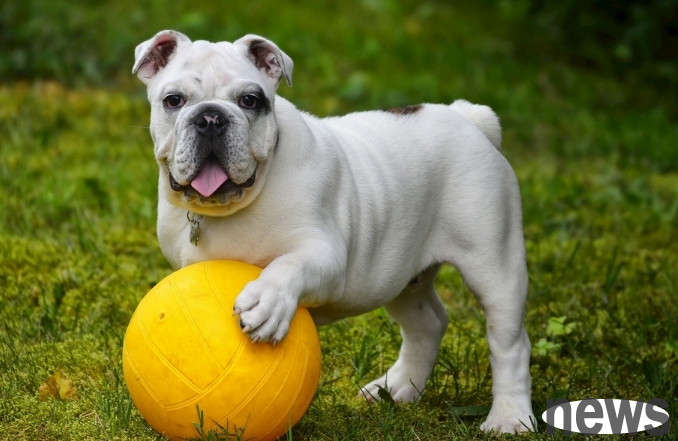Many families will choose to carry out one or two small projects to renovate and decorate the home space. While busy measuring and recording, don’t forget to protect your pet. Even if these little guys make trouble in home decoration, they are alrea...
Many families will choose to carry out one or two small projects to renovate and decorate the home space. While busy measuring and recording, don’t forget to protect your pet. Even if these little guys make trouble in home decoration, they are already busy enough.
One of the best precautions is to keep your pet away from the work area. You can close the door, use a cage or fence door to separate your pet. If you can’t isolate the area, you can put your pet in a foster home.
Safety Precautions
Lead paint
If your home is built earlier, test whether the original paint contains lead before any type of paint polishing work. Lead-containing paint can peel off and turn into dust, which is easy for animals to inhale. Lead poisoning can lead to incoordination, muscle tremors, seizures and even death. It is also toxic to you and your children.

Jinan Sanhe Decoration
Before starting the renovation, you can purchase lead test kits in home building materials stores. If you find lead paint, the best way to do this is to hire a certified lead contamination contractor.
Regular paints, varnishes and dyeing products
Most of the paints and varnish used indoors today are water-based, and inadvertent ingestion can cause vomiting and diarrhea. If your pet's fur is covered with water-based paint, you can remove it with dishwashing liquid and water. If you are using an oily product, it is best to let it dry and remove it from your pet's fur with scissors. Before this, be careful with your pet and don't lick the paint on the fur.
Do not use paint thinners, mineral oil or pine oil to remove paint from animals, which can cause pain and chemical burns.
Wall putty
Dogs will be attracted by the wall putty and eat it after it is still wet or dry. Incorrect ingestion can cause vomiting, but the biggest risk is gastrointestinal obstruction. Large pieces of material may not pass through the digestive tract and may require surgical removal. Some fragments contain ethylene glycol, which contains the same ingredients as antifreeze. If your pet repeatedly vomits, exhibits "swinging" or drunken behavior, go to the veterinarian immediately.

Tile adhesive, spray foam insulation and polyurethane glue
They contain isocyanate and can expand in the stomach. This substance can form large foreign bodies and requires surgical removal. Animals ingesting these products should see their veterinarian immediately.
Power Tools
Tools are of course not toxic, but when we are in the danger of home repair, it is worth reminding that when using saws, drills, etc., you must keep your pet safe. The noise generated by these tools sometimes encourages pets to investigate and get close to dangerous moving parts, or bite the tool itself or wires.
For safety reasons, it is most important to keep your pet away from home repair products. Pets are naturally curious and can easily get into trouble.